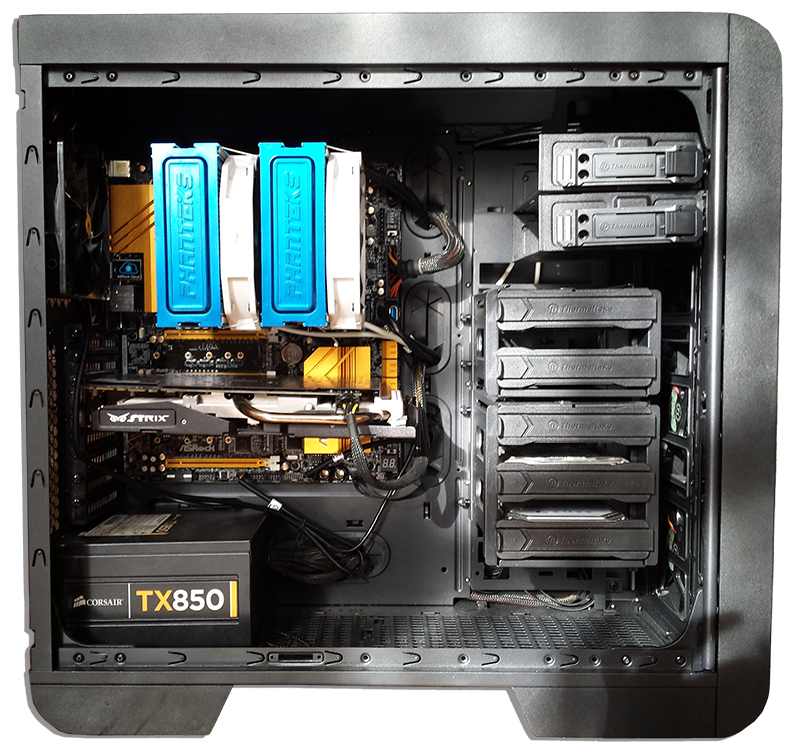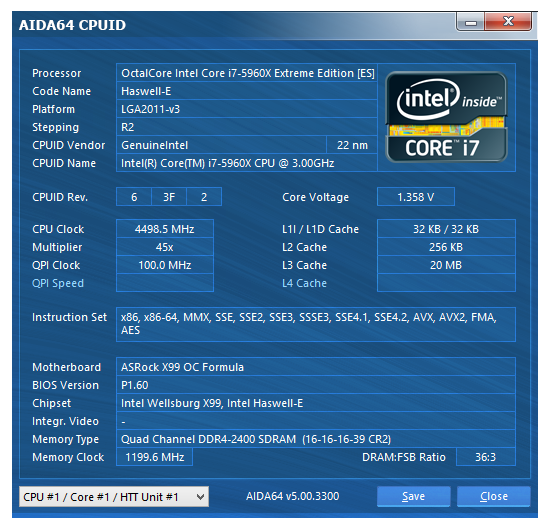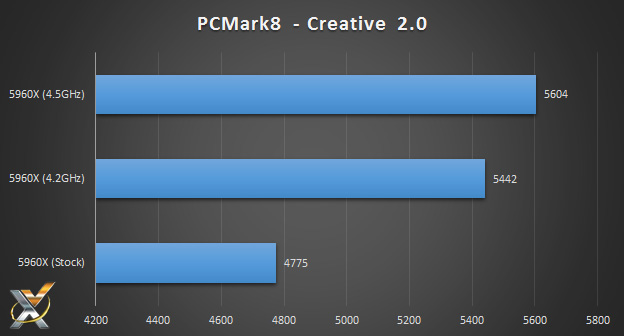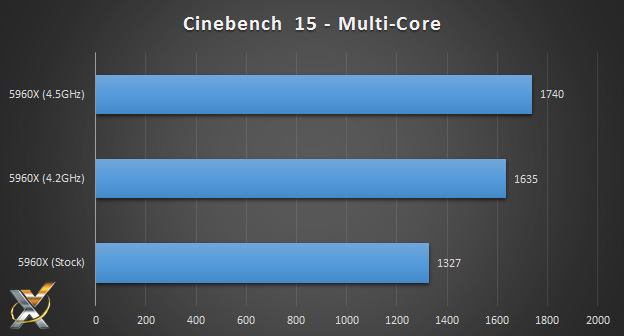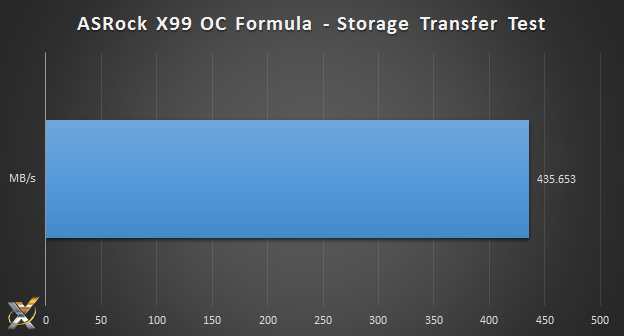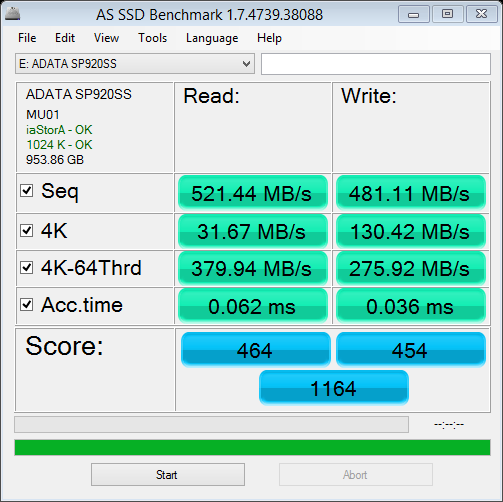TECHNOLOGY X TESTING PROTOCOL
At Technology X, we test our motherboard’s slightly different depending upon the product’s marketed purpose, whether it be an entry-level budget motherboard or a high-end enthusiast level motherboard. Our goal is to test in a system that has been optimized with our SSD Optimization Guide, however, CPU C State alteration may or may not have occurred depending on the motherboard and BIOS configurations. Additionally, we also try to include links to the benchmarks used in our report so that you as the reader can replicate our tests to confirm that your system performs the way it should.
TECHNOLOGY X TEST BENCH
All of the components we use for testing are standard off-the-shelf PC components from major manufacturers, which can be purchased at a variety local retailers and online. We’ll also provide links to our components for those of you that find an interest in our equipment.
We’d like to thank Intel and Crucial for providing vital components in this test bench, without which this report would not be possible. Check out our review of the Intel Core i7 5960X used in this report and keep a look out for our upcoming review of the Crucial Ballisitix Sport 32GB DDR4 memory kit.
| PC CHASSIS: | Thermaltake Core V51 |
| MOTHERBOARD: | ASRock X99 OC Formula |
| CPU: | Intel Core i7 5960X |
| MEMORY: | Crucial Ballistix Sport 32GB (4×8) DDR4 @ 2400MHz |
| CPU COOLER: | Phanteks PH-TC14PE |
| POWER SUPPLY: | Corsair TX850 v2 |
| GRAPHICS CARD: | ASUS STRIX GTX 970 OC |
| STORAGE: | Samsung 840 250GB, ADATA 1TB Premiere Pro SSD |
BENCHMARK SOFTWARE
When we test various PC hardware, we like to use benchmarks that are readily available for you to download and test for yourself. In our analysis today we will be using FutureMark’s PCMark 8 and Cinebench 15 to test overall system and CPU performance as well as other utilities such as AIDA64 for monitoring and testing overclocks.
OVERCLOCKING
In our overclocking tests we were able to achieve a maximum CPU overclock of 4.5GHz with a vCore Voltage of 1.358. We tried for 4.6GHz, even cranking our voltage to 1.37 with no luck. At this time, it is not possible to tell if this is due to our CPU or the motherboard itself, as we do not have any other X99 motherboards or Haswell-E CPUs to test, however our money is on the former. Regardless, 4.5GHz is a fairly high overclock considering the power draw of this eight-core CPU. It is also worth noting that during our stress tests, we reached a maximum core temperature of 95C, which is likely higher than most will be comfortable with.
We also tested the preset overclocking profiles from ASRock and found them all to work wonderfully, delivering the performance gains we wanted with rock-solid system stability. Honestly, we’d say most users will probably want to head straight into one of the profiles and test their system before doing their own manual tweaking. Many will probably be satisfied with the results they provide and not go any further.
CPU BENCHMARKS
For CPU Benchmarks, we tested our motherboard with the CPU at stock and while overclocked to 4.2GHz as well as 4.5GHz.
PCMark8 – Creative 2.0
Cinebench 15
STORAGE BENCHMARKS
For testing storage, we did two separate benchmarks, one with AS-SSD and another real-world file transfer between two SSDs using DiskBench to measure the results. For a full storage analysis of the ASRock X99 OC Formula, check out this review by our sister site The SSD Review.
REAL WORLD FILE TRANSFER
In this test, we copied a game directory that was over 30GB with 512 files, between two SSDs. The results are displayed in megabytes per second.
AS-SSD
The toughest benchmark available for solid state drives is AS SSD as it relies solely on incompressible data samples when testing performance. For the most part, AS SSD tests can be considered the ‘worst case scenario’ in obtaining data transfer speeds and many enthusiasts like AS SSD for their needs. Transfer speeds are displayed on the left with IOPS results on the right.
Review Overview
Design
Features
Overclocking
Performance
Warranty
OVERCLOC-KING!
The ASRock X99 OC Formula gives users huge overclocking potential while also not skimping on other high-end features you'd expect from a ~$400 motherboard.
 Technology X Tomorrow's Technology Today!
Technology X Tomorrow's Technology Today!

